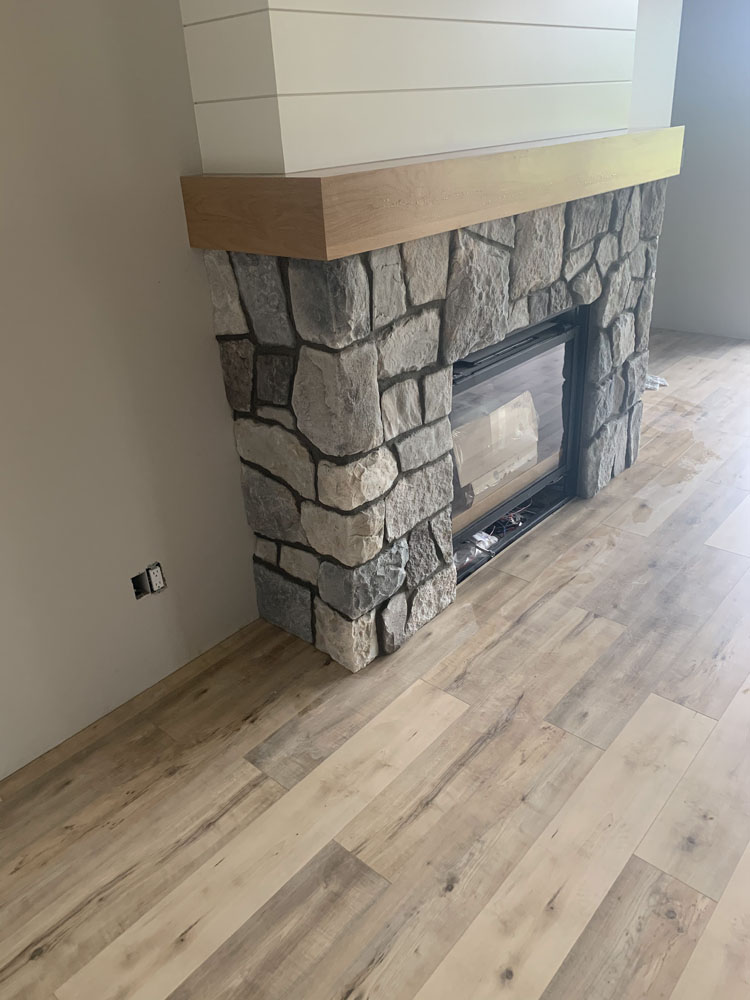Introduction
In the realm of architecture, few disciplines are as rich and diverse as masonry. Masonry, which involves the construction of buildings from individual units such as bricks, stones, and concrete blocks, has stood the test of time. It is not merely a technical skill; it’s an art form that embodies history, culture, and science. This article delves into The Intersection of Art and Science: Masonry in Historic Building Restoration. We will explore the intricate processes that underpin masonry work, the role of a masonry contractor, and how this trade contributes to preserving our architectural heritage.
The Intersection of Art and Science: Masonry in Historic Building Restoration
Masonry is often viewed as a straightforward construction method, but it embodies both artistic creativity and scientific principles. Historic building restoration requires a deep understanding of materials, techniques, structural integrity, and aesthetics. For instance, when restoring a historic building, one must consider the original materials used while also adhering to modern safety codes.
Understanding Masonry: A Brief Overview
What is Masonry?
Masonry refers to the building method that uses individual units bonded together with mortar. These units can be made from various materials including:
- Brick Stone Concrete block Glass block
This technique has been employed for thousands of years across different cultures.
The Historical Importance of Masonry
From ancient pyramids to medieval cathedrals, masonry has played a pivotal role in human civilization's architectural achievements. It represents not just functional construction but also aesthetic expression and cultural significance.
The Role of a Masonry Contractor in Historic Building Restoration
A masonry contractor specializes in the installation and repair of masonry structures. Their expertise extends beyond mere construction; they serve as custodians of architectural integrity during restoration projects.
Key Responsibilities
Assessing Structural Integrity: Evaluating existing structures for damage. Material Selection: Choosing appropriate materials that match historical specifications. Restoration Techniques: Employing methods that respect original craftsmanship. Project Management: Overseeing timelines, budgets, and coordination with other trades.The Artistic Element in Masonry
Craftsmanship: More than Just Technique
The artistry involved in masonry cannot be understated. Each brick laid or stone carved reflects not only skill but also an understanding of design principles that transcend mere functionality.
Aesthetic Considerations in Restoration Projects
When restoring historic buildings, maintaining aesthetic continuity is crucial. This includes:
- Matching color palettes Reproducing original textures Ensuring visual harmony with surrounding structures
Scientific Principles Behind Masonry
Material Properties: Understanding the Science
Different types of masonry materials exhibit unique properties:
| Material | Strength | Durability | Thermal Conductivity | |-----------------|------------|------------|----------------------| | Brick | High | Moderate | Low | | Stone | Very High | High | Low | masonry construction | Concrete Block | Moderate | Moderate | High |
Understanding these properties helps contractors make informed decisions during restoration.

Engineering Fundamentals in Masonry Construction
Structural engineering principles play a vital role in ensuring that restored buildings meet safety standards while preserving their historical value.
Techniques Used in Historic Building Restoration
Traditional vs. Modern Methods
Restoration often involves balancing traditional craftsmanship with modern techniques for durability without losing authenticity.
Traditional Techniques Include:
- Hand-cut stone replacement Lime mortar application Use of scaffolding for structural support
Modern Techniques Include:
- Laser scanning for precise measurements Advanced materials like synthetic mortar
Case Studies: Successful Historic Restorations
Example 1: Restoration of Notre-Dame Cathedral
The tragic fire at Notre-Dame highlighted both the challenges and triumphs associated with historic restoration efforts worldwide.
Key Takeaways:
International collaboration among experts. Use of traditional techniques alongside modern technology. Emphasis on public engagement throughout the process.Example 2: The Parthenon Initiative
Another significant project showcasing successful masonry restoration was the Parthenon restoration effort aimed at preserving its grandeur while addressing structural concerns.
Challenges Faced by Masonry Contractors in Restoration Projects
Environmental Factors
Weather conditions can significantly affect restoration efforts:
- Rain can weaken mortar. Temperature fluctuations may cause expansion or contraction issues.
Material Sourcing Issues
Finding historically accurate materials can be challenging due to availability constraints or changes in manufacturing practices over time.
Future Directions in Historic Building Restoration
As technologies evolve, so do practices within historic building restoration:
Innovations on the Horizon
Smart technologies for monitoring structural health. Sustainable materials that mimic traditional ones. Augmented reality tools for planning restorations effectively.FAQs About Masonry in Historic Building Restoration
Q1: What qualifications should I look for when hiring a masonry contractor?
A1: Look for licenses, certifications, references from past projects, especially those involving historic restorations.
Q2: How do you ensure compatibility between new materials and old structures?
A2: Through thorough research on historical documentation and material analysis to replicate original conditions closely.
Q3: What are common mistakes made during historic restoration?
A3: Overlooking original designs or using inappropriate modern materials can compromise integrity during restorations.
Q4: How long does a typical historic building restoration take?
A4: Timeframes vary widely based on project size but can range from several months to years depending on complexity.
Q5: Are there grants available for historic building restorations?
A5: Yes! Many local and national programs offer financial assistance for qualified projects focusing on preservation efforts.
Q6: Can modern technologies help with traditional masonry?
A6: Absolutely! Technologies like 3D modeling assist contractors during planning stages without compromising traditional methods onsite.
Conclusion
The intersection between art and science manifests beautifully through masonry—especially evident in historic building restoration endeavors where every decision counts towards preserving our shared heritage. As we venture into future advancements while respecting traditions past; let us applaud those Masonry Contractor dedicated professionals—the masonry contractors—who tirelessly maintain this delicate balance between aesthetics meeting practical needs! By fostering innovation alongside respect toward established craftsmanship; we ensure ongoing admiration for generations believing firmly within this age-old craft's timeless beauty!
This comprehensive exploration provides valuable insights into how masonry intertwines art with science throughout history whilst emphasizing its importance today through expert involvement across various projects nationwide!